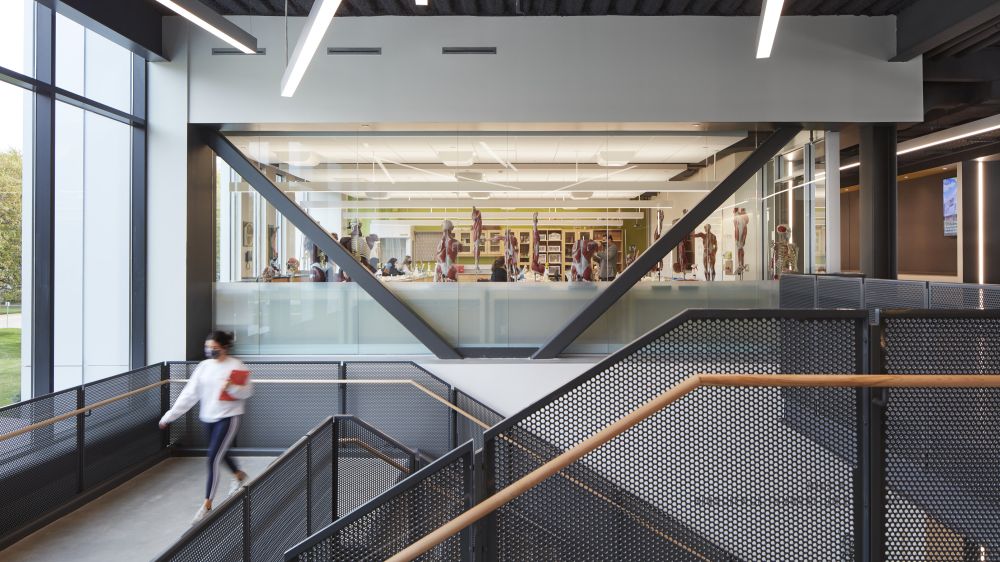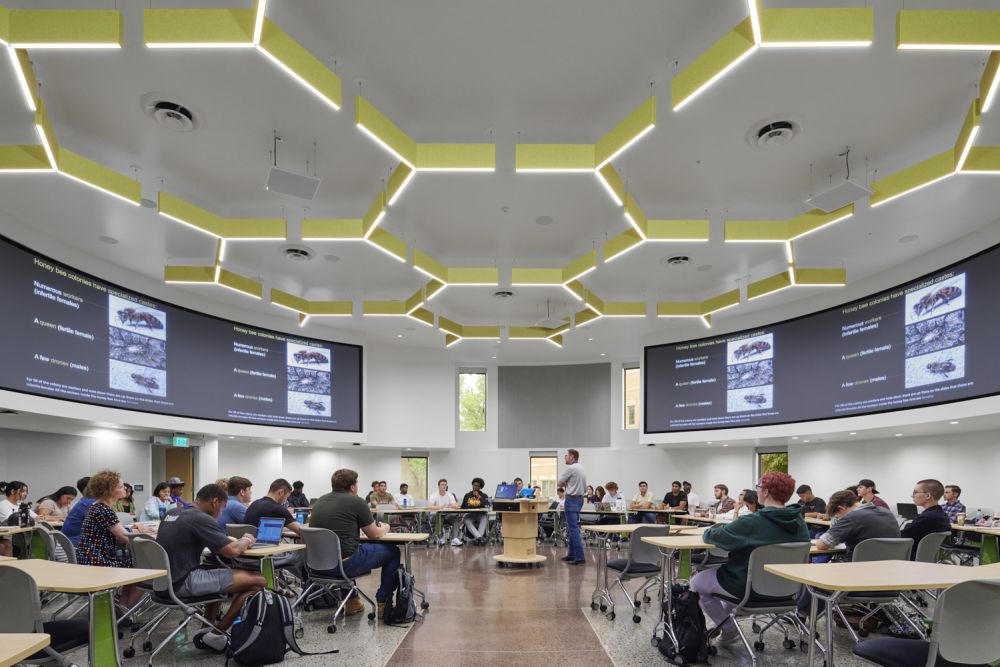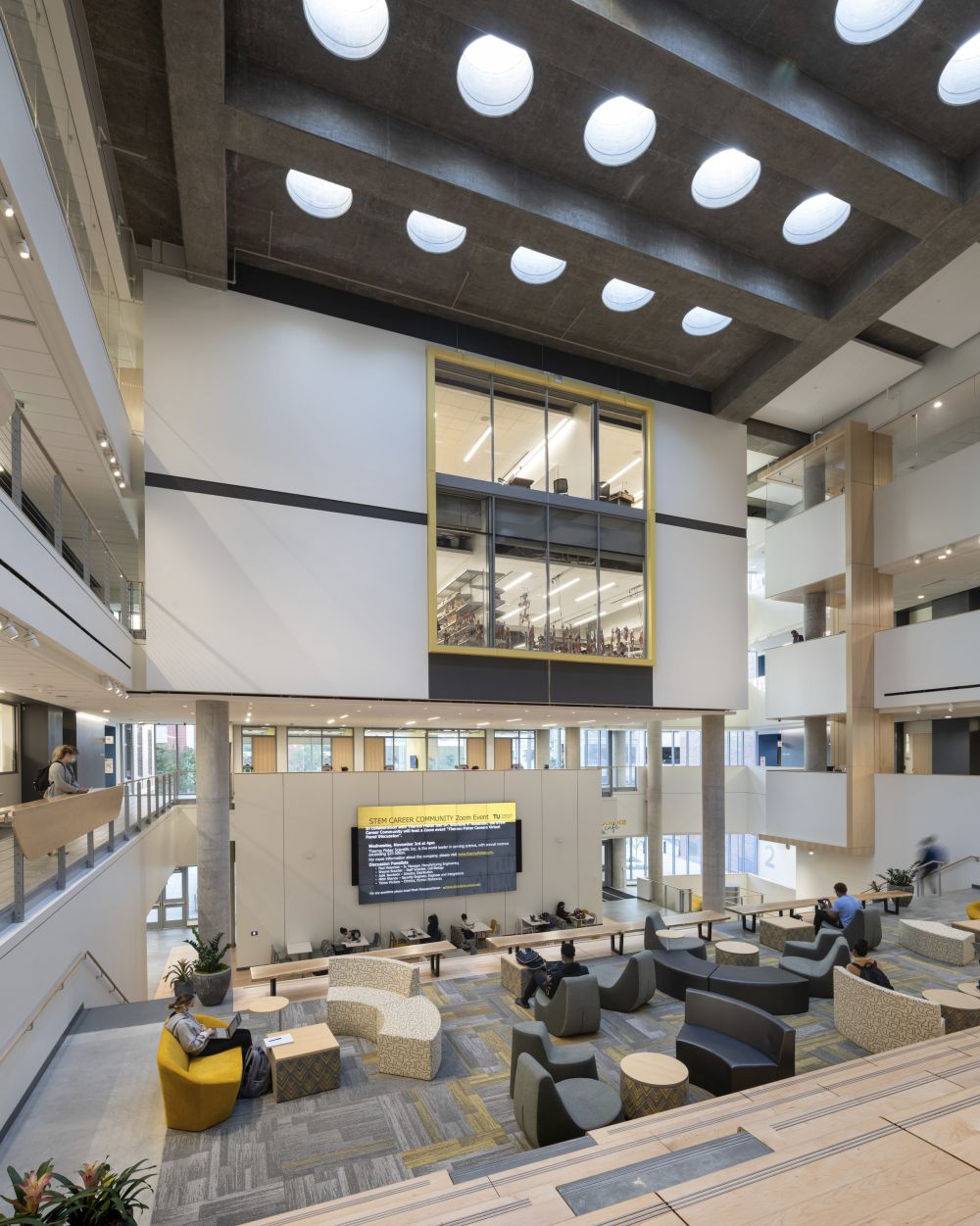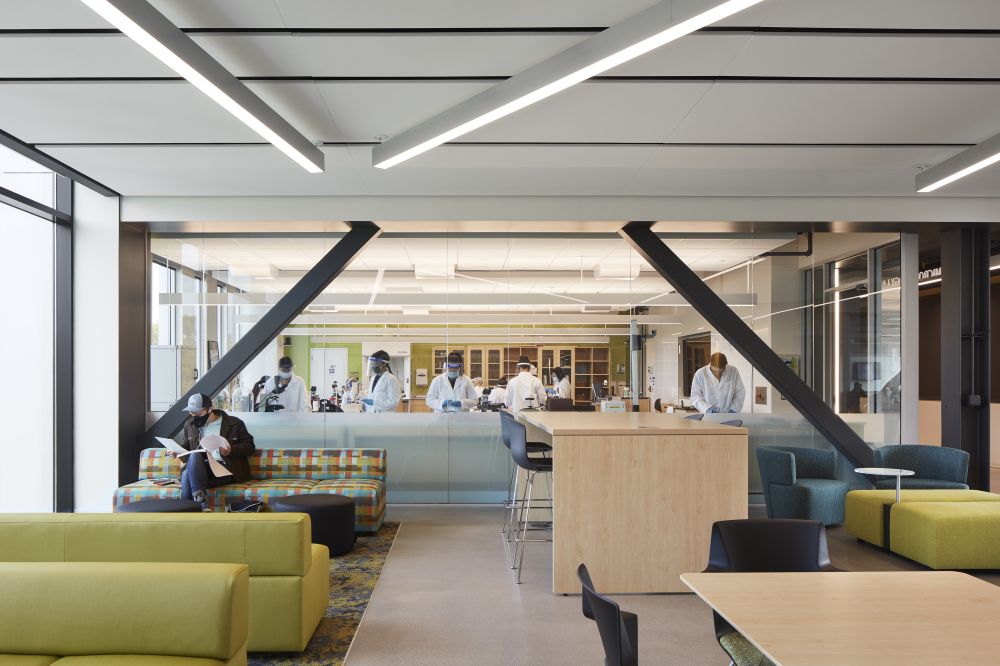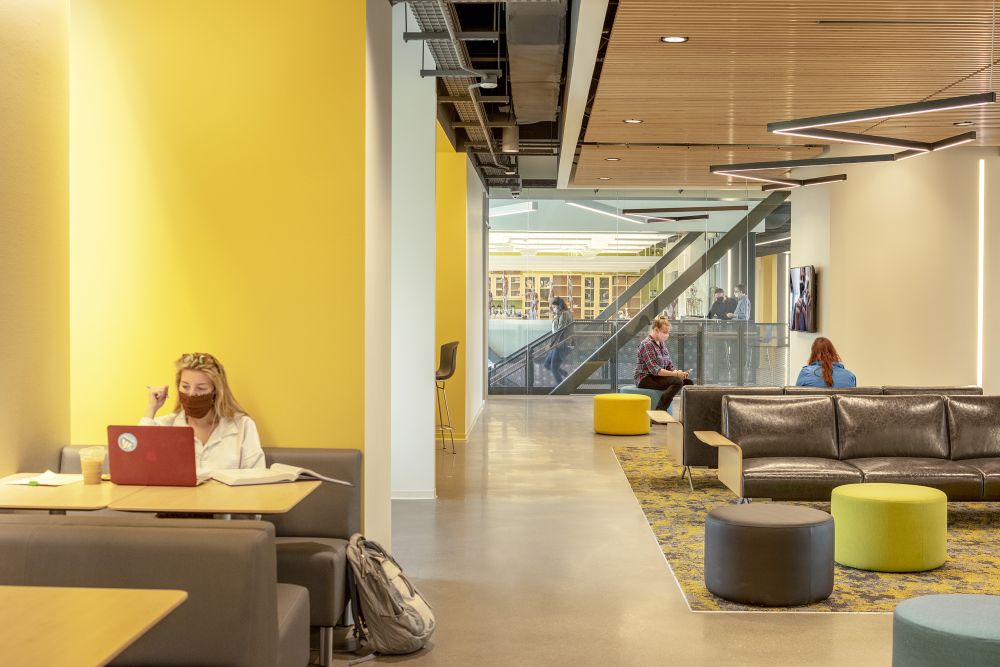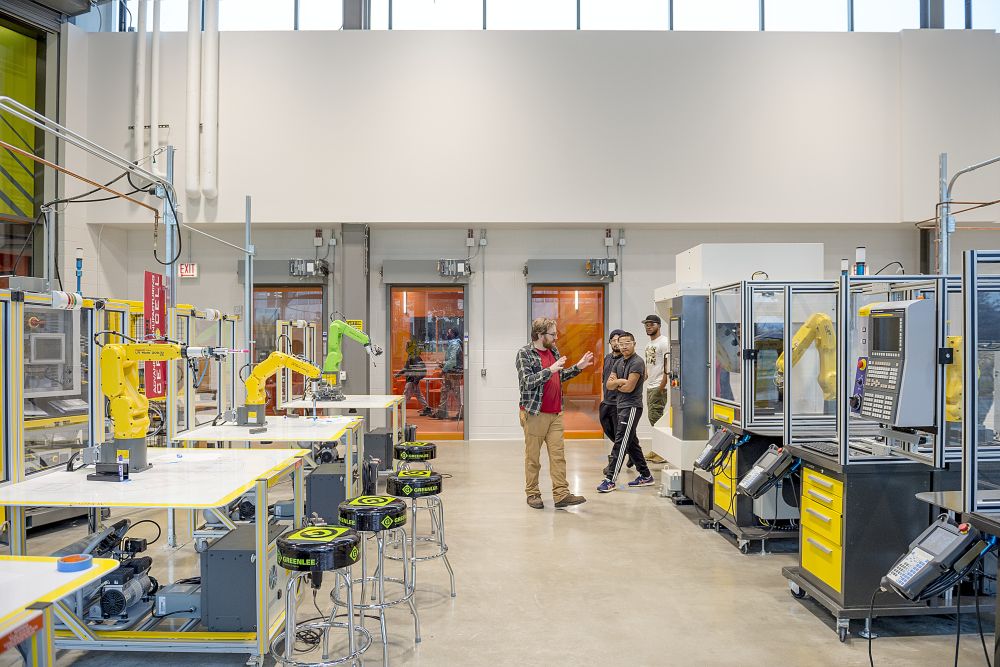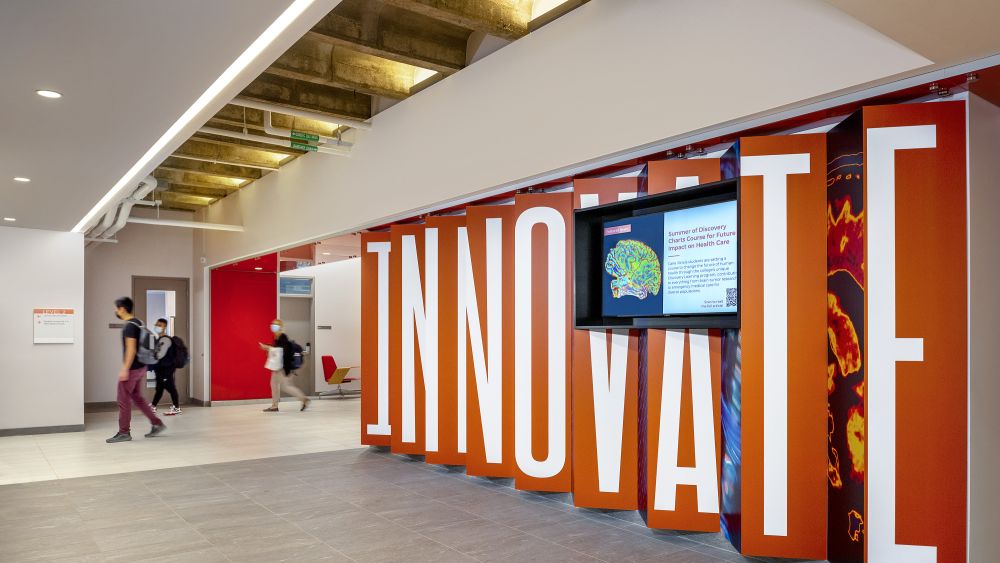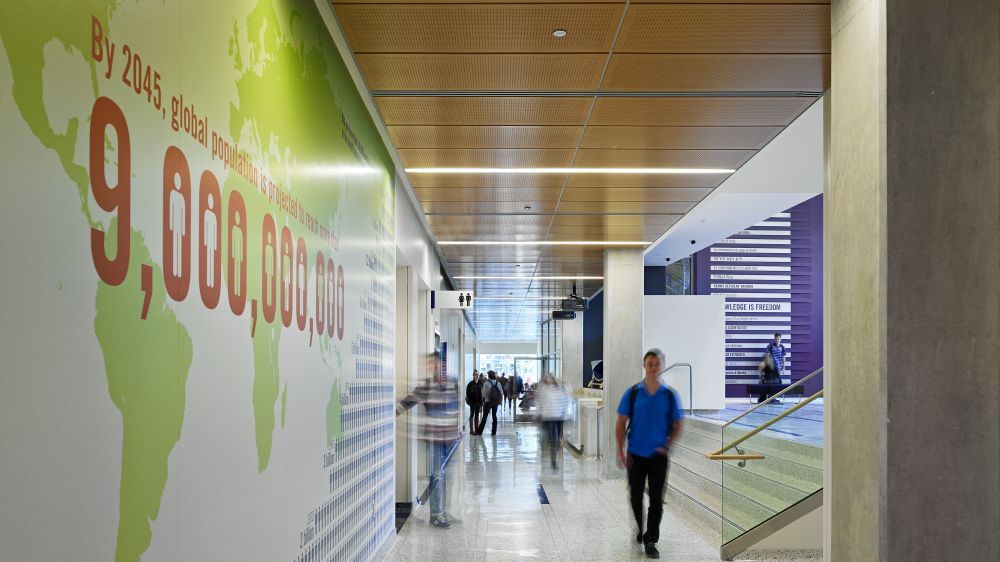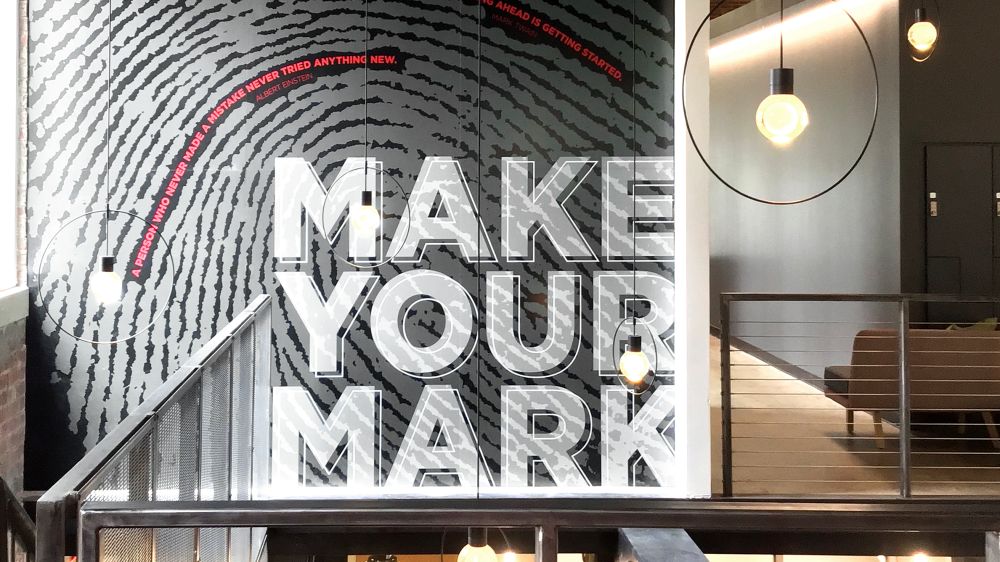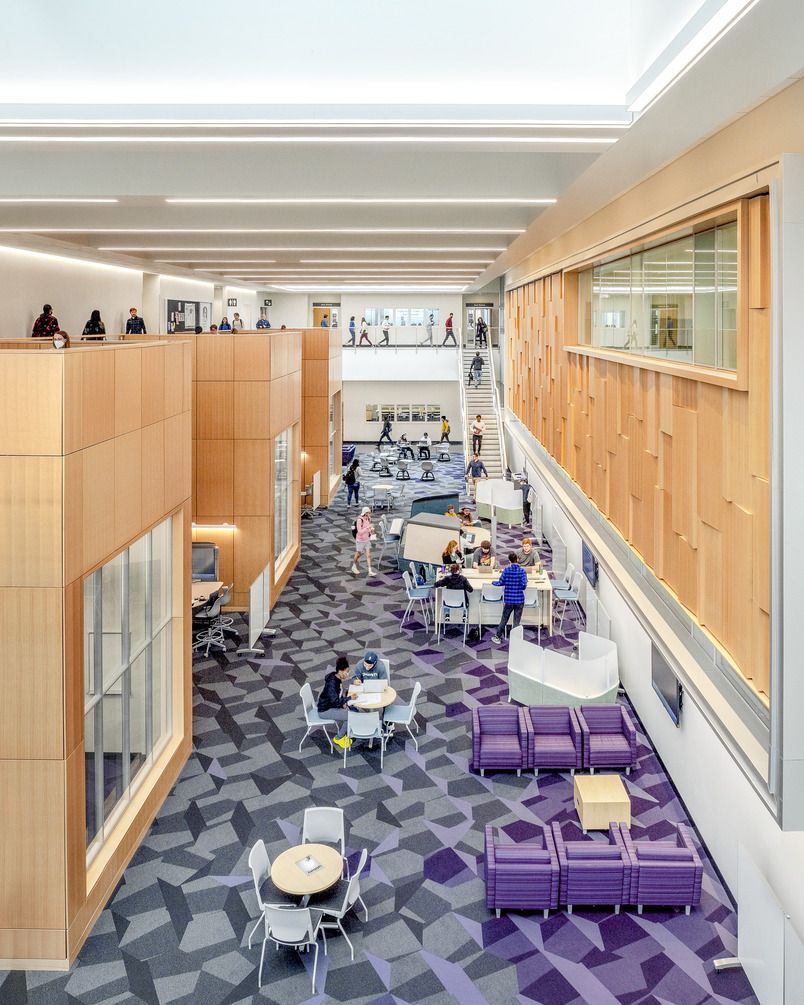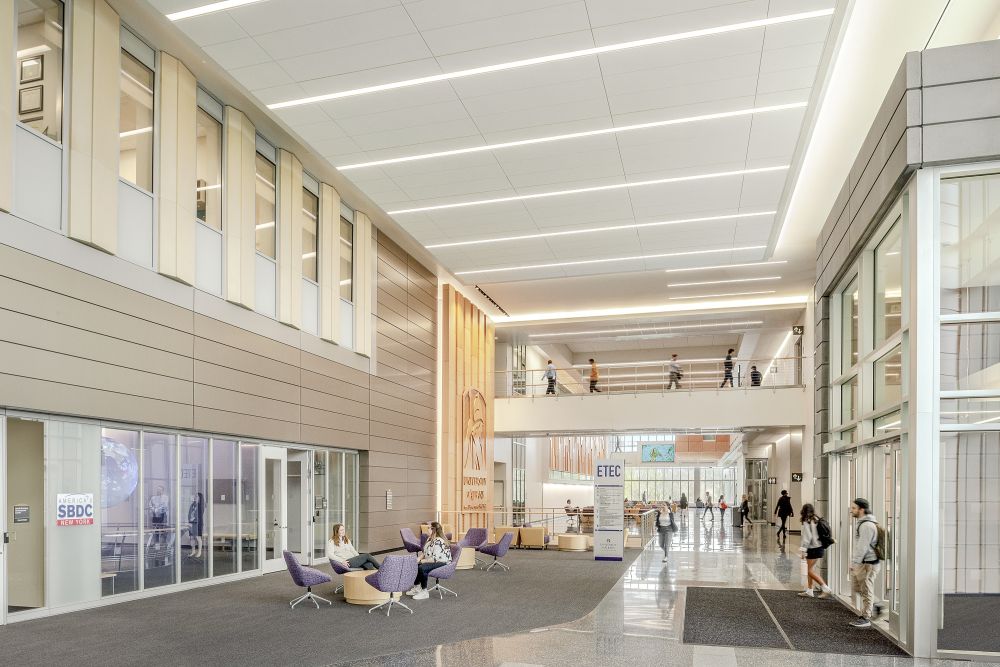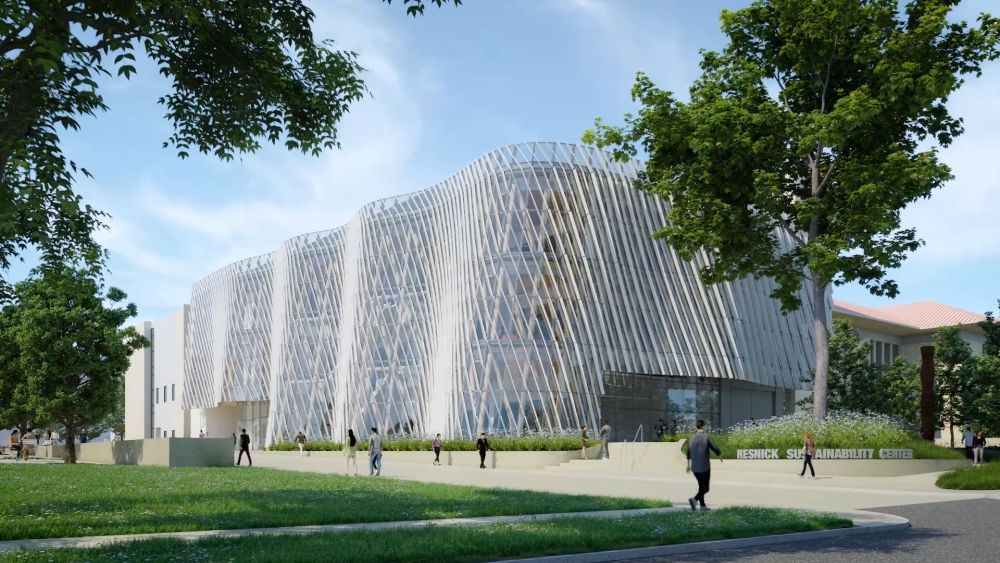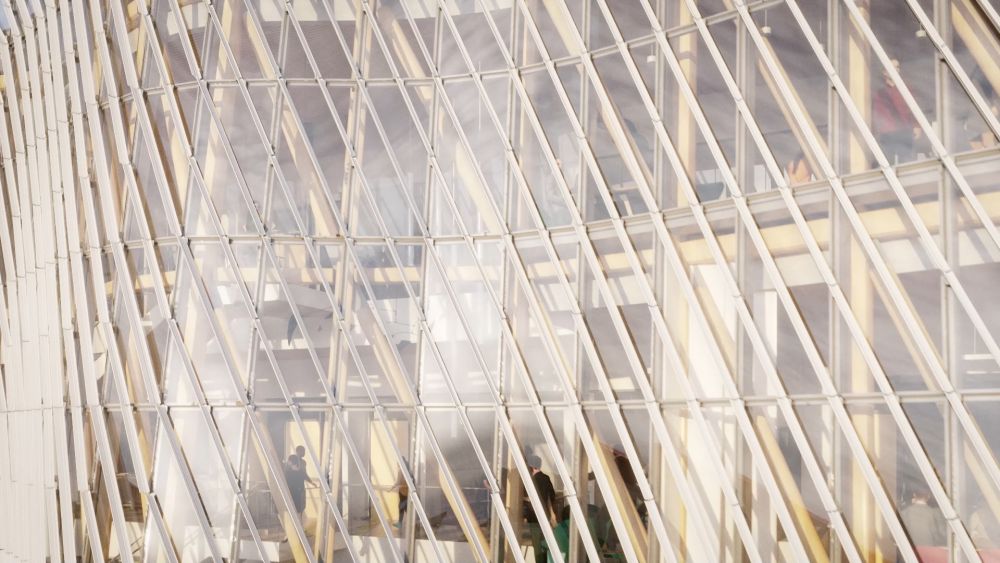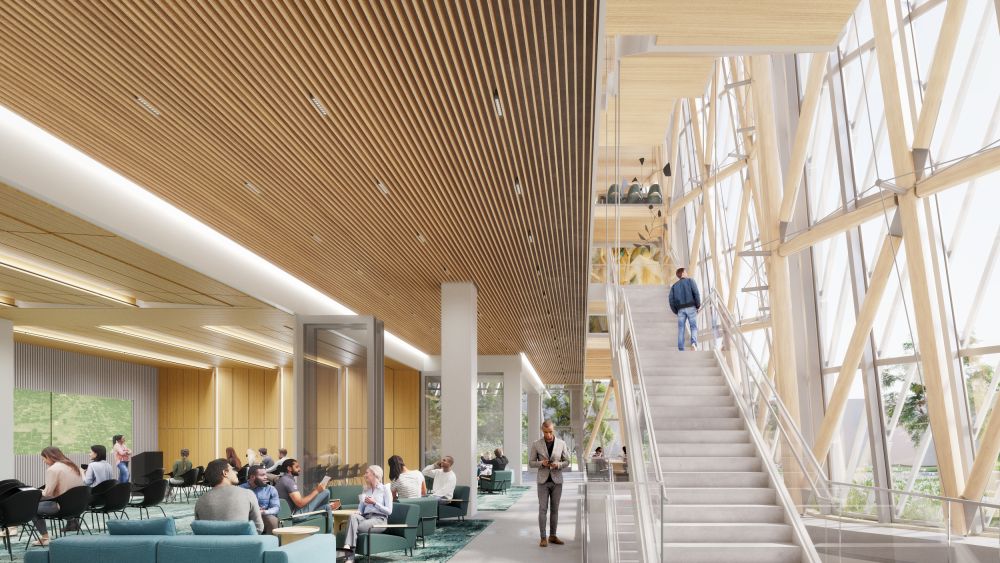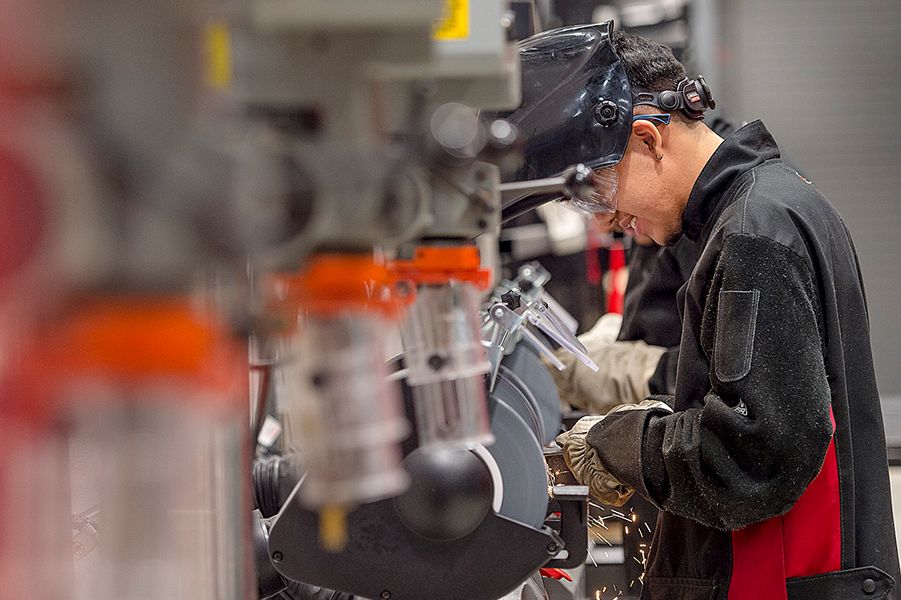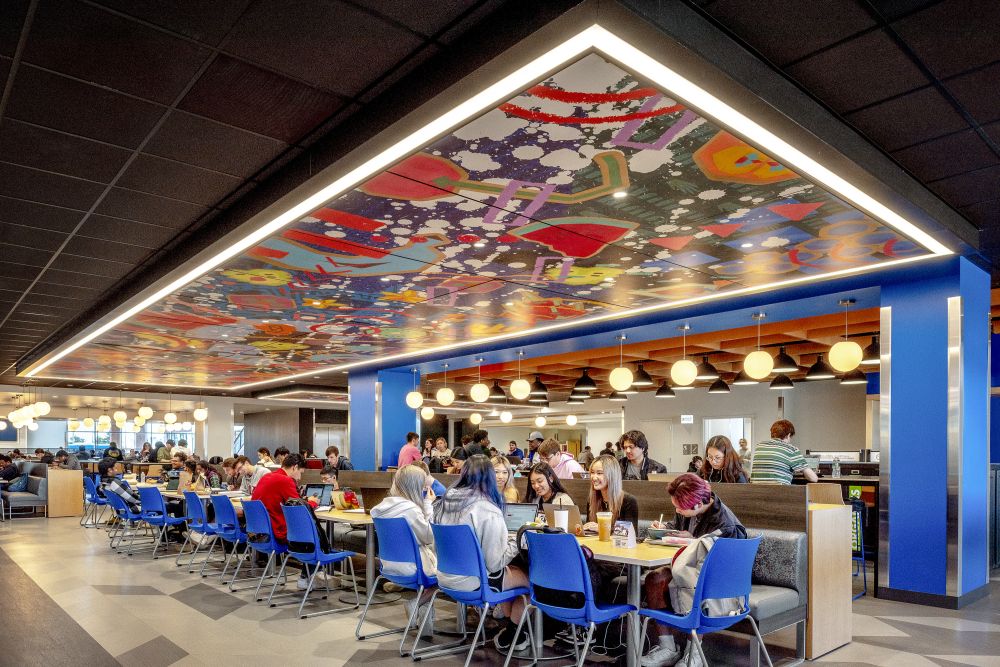Five design ideas for turning STEM programs into campus-wide STEM cultures
The U.S. Bureau of Labor Statistics’ 2019-29 employment projections show occupations in STEM fields are expected to grow 8% by 2029 compared with 3.7% for all occupations.
While not every field within the STEM umbrella is experiencing the same level of growth—many, specifically those related to computer sciences, technology, manufacturing, engineering and health sciences, are exploding.
Colleges and universities throughout the country are responding by investing more heavily in STEM undergraduate degree programs that prepare students to enter these high-demand STEM fields. However, many are experiencing challenges with enrollment, graduation rates and the underrepresentation of Black, Indigenous and other students of color, as well as difficulties staying in sync with the ever-changing needs of the workforce.
Through our experience partnering with higher education institutions across the country, we’ve found that part of the problem is many conversations start and end with the technical requirements of STEM education (i.e., what it takes to teach students the skills they need to be successful). What isn’t often considered is how to create and nourish a STEM culture focused on the whole student and the experiences they need to thrive both academically and socially.
As architects and education planners, we’ve been fortunate to partner with colleges and universities to tackle this challenge. Based on our experiences, we’ve identified five primary ways design can help institutions move beyond STEM programs to create deep-rooted STEM cultures.
Rethink the campus ‘heart’
While we know STEM programs are growing at significantly higher rates than other programs, traditional STEM academic buildings were often designed to only accommodate coursework. This leads to students attending class and then heading to other buildings to socialize, study, collaborate and recharge.
One of the first steps institutions can take to nourish stronger STEM cultures is giving students a reason to stay and linger after class, build relationships with their cohort, socialize with professors and researchers, and view STEM buildings as a destination as opposed to just a brief stop in their day.
How is this achieved? Start by carving out space to include the comforts and features students are drawn to elsewhere on campus. We often refer to these elements as “speed bumps” because including them in an academic building can prevent students from simply making a beeline to the exit after class. Features might include a coffee shop, food options, collaboration zones, flexible meeting rooms, exhibits or lounge areas where academics intermix with the social aspects of student life.
By employing internal glass walls, students can hang out in these spaces while seeing their peers engaged in active learning environments. Spaces can also be more focused on inclusion by including elements like lactation/nursing rooms and gender-inclusive bathrooms so everyone feels at home. This mashup of social and academic space can make STEM buildings a magnet for much more than classroom or lab-based learning. They can become the new “see and been seen” environments on campus.
Activate learning
Research shows active learning in undergraduate STEM courses can have a significant effect on reducing achievement gaps, resulting in more positive outcomes—specifically for underrepresented students.
Gone are the days of students passively listening and zoning out to lectures. Today’s learning environments need to empower students to roll up their sleeves and participate in activities that challenge them academically and creatively.
Classroom and lab spaces certainly play a leading role here, and while programmatic needs are very specific to the subject that’s being taught, an overarching trend we’re seeing is learning environments evolving into spaces that simulate the exact scenarios students will experience in the workforce.
For example, teaching labs are being designed to function like commercial labs, nursing schools are designed to replicate the experiences found in hospitals, and engineering and advanced manufacturing classrooms are built around the exact equipment and technologies students will encounter in the real world.
Bring your mission to life
Today’s students are more purpose-driven than ever before. For most, pursing a STEM degree isn’t just about becoming an engineer or studying the sciences. It’s about solving the world’s biggest problems and making a difference.
While STEM programs are very much aligned with this greater purpose, traditional STEM environments don’t always reflect it. If students can’t see and feel this commitment when they’re in a building or space, the program is missing out on a significant opportunity.
One compelling way of infusing a space with purpose is harnessing interpretive storytelling and environmental branding. Murals, signage and exhibits throughout a building can motivate students to succeed by continually reminding them they’re here to make a difference, not just to earn a degree. This also helps students who may be facing barriers to success—whether socioeconomic, gender or racial—by providing positive cues that continually remind them of what’s possible.
Partner up
University and industry partnerships are a successful model for building in-demand talent pipelines, but as students become more eager to make an impact while in school (as opposed to waiting until they graduate), these partnerships can come to life in new ways.
The biggest shift we’re seeing is the active inclusion of industry partners in the design process of not only program curricula, but the built environment. For example, Malcolm X College in Chicago designed its new health sciences campus facility in partnership with Rush University Medical School to ensure every aspect of the facility was designed to best train the future workforce—as well as remain flexible enough to adapt as workforce needs evolved. Rush is providing resources, from equipment donations to clinical rotations and guest lecturers, to Malcolm X College in support of the City Colleges of Chicago’s College to Careers program.
Industry, as well as civic and nonprofit organizations, are also seeing value in co-locating certain aspects of their operations within STEM learning environments. This gives students opportunities to be exposed to real-world challenges and be near the industry professionals working to address them—and industry teams benefit from inquisitive and eager student minds.
Create a landmark
When we talk to campus leaders, they often say the student union or recreation center is the first stop when they do tours with prospective students. We completely understand why, but what if STEM buildings were the first stop on these tours? What would it take to create spaces and experiences that were so impressive that students decided—right there and then in a STEM building—that this is the college or university for them?
Well, these are not hypothetical questions because this is already happening at some of the nation’s top institutions. One way they’ve made this possible is by designing extroverted buildings that sit at a busy student crossroad or act as the front door of campus.
Well-designed buildings create a dialogue between indoor and outdoor spaces and welcome people in by putting science and student life on display. They also leverage placemaking strategies—such as public art, sculptural architecture, landscaping, outdoor spaces capable of hosting events and other Instagrammable features—to create deep connections between the student body and the place they’re sharing.
While there are many factors that need to be addressed when shifting from simply offering STEM programs to imbuing a STEM culture (i.e., policies, institutional values, teaching methodologies, funding mechanisms, etc.), these five design strategies can play a central role.
And, as nearly every college and university ramps up their commitments to STEM education—while facing unparalleled competition as online education becomes more mainstream—designing a culture that provides rewarding, irreplaceable on-campus STEM experiences is more important than ever.
